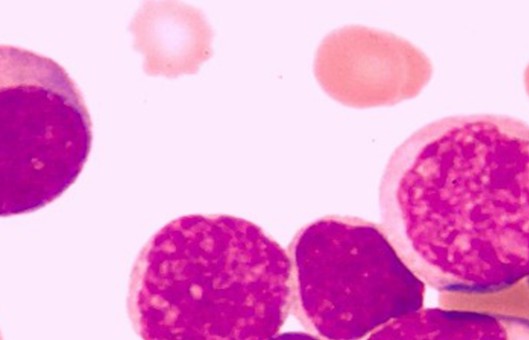GUIDELINE
- Cell subpopulation analysis analyzes a population of cells based on whether they express a specific protein and is a common experiment used in cell identification. Cells are generally labeled by specific antibodies and isolated by methods such as flow cytometry or magnetic beads. Two methods of cell sorting are commonly used - flow cytometric sorting and immunomagnetic cell sorting.
- Flow cytometric sorting is based on the detection of cell phenotypes by flow cytometry, and uses charge sorting techniques to achieve the separation of multiple phenotype-specific cells. It has the advantages of multiple sorting parameters, multiple populations, high purity, and high flexibility. The sorted cells can be used for further molecular biology studies such as fluorescence quantitative PCR, WB, cell culture, etc.
METHODS
Flow sorting
- Digest with 0.25% trypsin, add 2 times the volume of cell base medium for termination, collect the digested cell suspension for centrifugation, and discard the supernatant.
- Wash 1 time with DPBS solution, centrifuge, and discard the supernatant.
- Add the closure solution and incubate for 30 min.
- Refer to the instructions for the primary antibody, dilute the primary antibody with antibody diluent at the appropriate ratio, and add the appropriate amount of antibody. Also, prepare a tube of cells without antibodies as a control. Incubate at room temperature for 1 h. Wash 3 times with DPBS and centrifuge for 5 min at 1000 rpm each time.
- Dilute the fluorescently labeled secondary antibody with antibody diluent in the appropriate proportion according to the instructions for the secondary antibody. Add the secondary antibody dilution and incubate at room temperature for 30 min. Wash 3 times with DPBS and centrifuge at 1000 rpm for 5 min each time.
- The cell subpopulations were analyzed by flow cytometry. Measure the control tube first, adjust the voltage to determine the negative zone, and then measure the test tube. Cells that can bind to the antibody will emit the corresponding fluorescent marker, and cells in the positive zone will be sorted out.
Immunomagnetic bead sorting
- Mouse spleen cells are taken and made into a single-cell suspension.
- The cells are washed twice in PBS buffer and resuspended.
- Add a biotinylated anti-mouse antibody mixture that is not directed against CD4.
- Incubate at 4°C for 10 min, then wash with PBS and resuspend the cells.
- Add PBS buffer and anti-biotin antibody conjugated with magnetic beads and incubate at 4°C for 15 min.
- Wash and resuspend the cells with PBS.
- Using the MACS instrument, select the appropriate sorting procedure and take the negative fraction, which is CD4+ T cells.
NOTES
- Flow sorting can carry out multi-parameter sorting as well as sorting by different fluorescence intensities, but it has higher requirements for equipment and greater cell stimulation but flexible sorting can achieve multifaceted sorting requirements.
- Magnetic bead sorting is easy to operate, has fast sorting speed, good cell activity, and low requirement for equipment and technician, but can only sort by one kind of marker. If magnetic bead sorting can reach the research requirements, magnetic bead sorting is generally preferred, and if magnetic bead sorting cannot reach the requirements, then flow type is considered for sorting.
RELATED PRODUCTS & SERVICES

